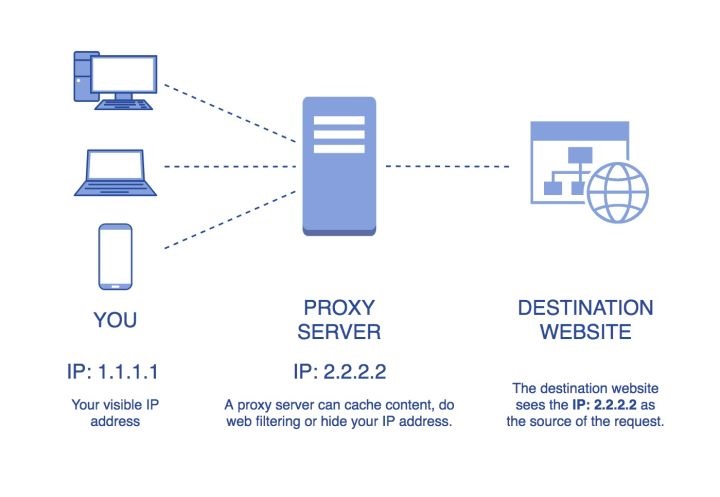(1) Concept
SOCKS5 is a proxy protocol that plays an intermediary role between front-end machines and server machines that communicate using the TCP/IP protocol, enabling front-end machines in the intranet to access servers in the Internet. The SOCKS5 server simulates the behavior of a front-end by forwarding requests from the front-end to the real target server.
Here, the communication between the front end and SOCKS5 is also carried out through the TCP/IP protocol. The front end sends the request to the real server to the SOCKS5 server, and then the SOCKS5 server forwards the request to the real server. Finally we can deploy socks5 service on VPS server.
(2) Function
The SOCKS5 protocol is useful when the machines in the internal network need to access the outside through some machines in the network that can connect to the external Internet. Different from the SOCKS5 protocol, the HTTP proxy is carried out through the HTTP protocol.
The HTTP proxy server software understands the internal structure of the communication packet, and needs to modify and convert the communication to a certain extent during the forwarding process. Unlike the HTTP proxy protocol, SOCKS5 is actually a session layer proxy protocol.
between the presentation layer and the transport layer. The Socks proxy simply transmits the data packets without caring about the application protocol (such as FTP, HTTP and NNTP requests), so the Socks proxy server is faster than the application layer proxy server.
The original purpose of the design of the socks protocol is to improve the network access rights of some people while ensuring network isolation.
(3) Additional
This protocol was originally developed by David Koblas, and was extended to version 4 by Ying-Da Lee of NEC. The latest protocol is version 5. Compared with the previous version, socks5 has the following enhancements:
- Add support for UDP protocol;
- Support a variety of user authentication methods and communication encryption m
